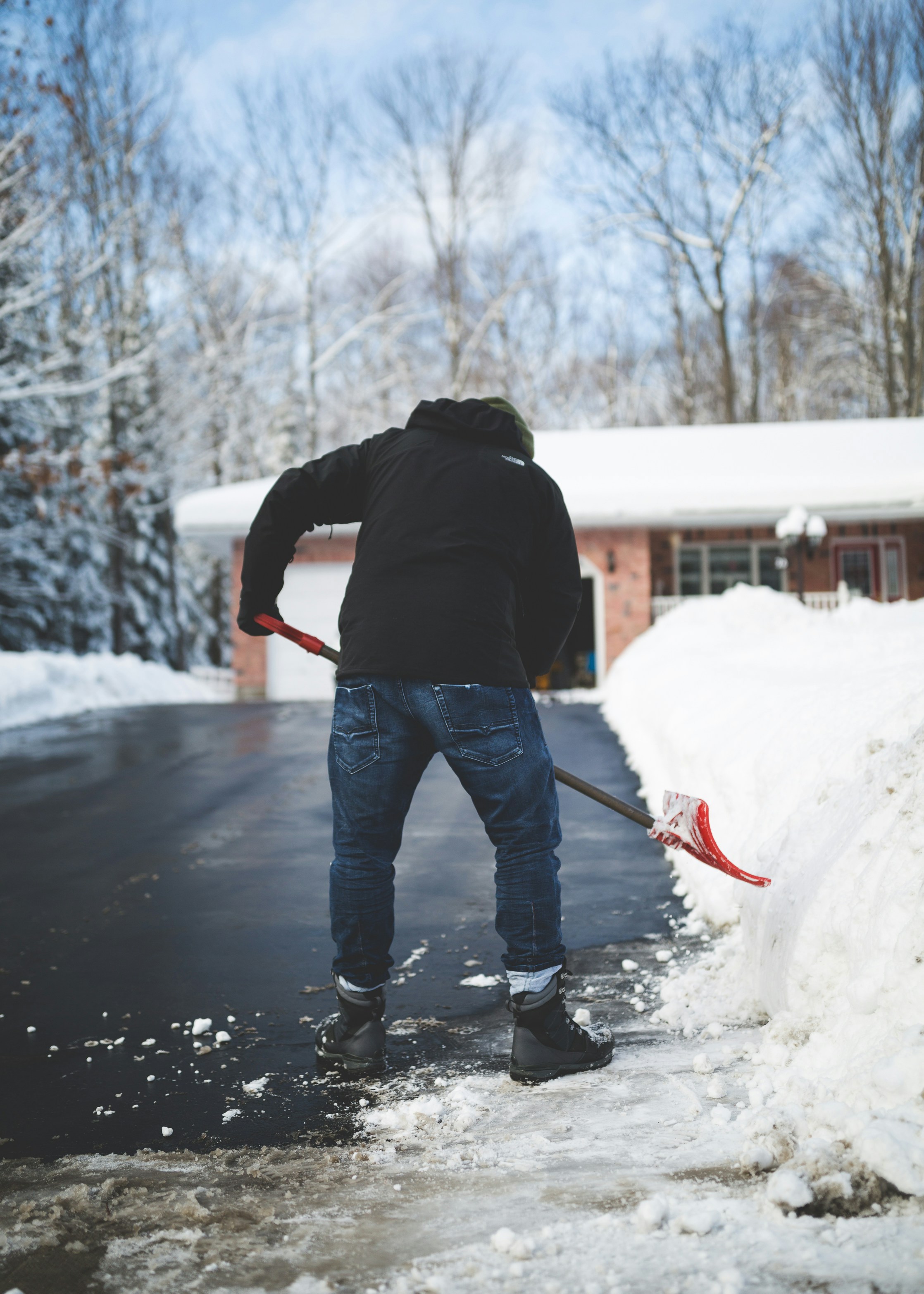Welcome to “Do’s & Don’ts: Ways to Manage Cold Plunge Discomfort”! In this article, we will explore practical tips to help you navigate the initial shock of a cold plunge experience. From focusing on your breathing and mindset to avoiding certain mistakes that can exacerbate discomfort, these simple strategies will empower you to make the most of your cold plunge sessions. Stay tuned for valuable insights that will enhance your cold plunge journey!
Do’s & Don’ts: Ways to Manage Cold Plunge Discomfort
Have you ever experienced the discomfort of jumping into a cold plunge pool? You’re not alone! Many people find it challenging to relax and enjoy the benefits of cold plunge therapy due to the initial shock of the cold water. But fear not, as we’re here to provide you with some helpful tips and tricks to manage cold plunge discomfort effectively. From what to do before and during your plunge, to how to alleviate any discomfort afterward, we’ve got you covered. Let’s dive in!
Pre-Plunge Preparation
Before taking the plunge into the cold water, there are a few things you can do to prepare your body and mind for the experience. By following these tips, you can minimize the initial shock and discomfort often associated with cold water immersion.
Gradual Exposure
One of the best ways to prepare your body for a cold plunge is by gradually exposing yourself to colder temperatures. Start by taking shorter, cooler showers and gradually decreasing the temperature over time. This will help your body acclimate to the cold and make the plunge feel less intense.
Deep Breathing
Deep breathing exercises can help calm your mind and reduce anxiety before entering the cold water. Take a few deep breaths in through your nose and out through your mouth to help relax your body and prepare for the plunge ahead.
Stretching
Before taking the plunge, it’s important to loosen up your muscles through gentle stretching. Focus on areas like your shoulders, back, and legs to help prevent cramps and increase flexibility during your cold water session.
During the Plunge
Once you’re in the cold water, it’s essential to focus on your breathing and mindset to help manage any discomfort you may feel. By following these tips, you can stay present and relaxed during your cold plunge experience.
Controlled Breathing
As you enter the cold water, focus on your breathing to help calm your nervous system and regulate your body temperature. Take slow, deep breaths to help you relax and stay present in the moment.
Mindfulness
Practicing mindfulness during your cold plunge can help shift your focus away from discomfort and towards the sensations of the water on your skin. Pay attention to how your body feels and try to stay present in the experience to maximize the benefits of cold water therapy.
Movement
Gently moving your arms and legs while in the cold water can help improve circulation and warm up your body. Focus on slow, intentional movements to help prevent muscle stiffness and tension during your plunge.
Post-Plunge Recovery
After you’ve completed your cold plunge session, it’s essential to take care of your body and help it recover from the intense experience. By following these tips, you can minimize any discomfort and make the most of your cold water therapy.
Warm-Up
After exiting the cold water, it’s crucial to warm up your body gradually to avoid a temperature shock. Wrap yourself in a warm towel or robe and sip on a hot beverage to help raise your body temperature slowly.
Hydration
Cold water immersion can be dehydrating, so it’s essential to drink plenty of fluids after your plunge to rehydrate your body. Opt for warm teas or room temperature water to help regulate your body temperature and replenish lost fluids.
Gentle Stretching
To prevent muscle soreness and stiffness after your cold plunge, take some time to gently stretch and relax your muscles. Focus on areas that feel tense or tight and hold each stretch for at least 30 seconds to help improve flexibility and reduce discomfort.
Dos and Don’ts
To wrap things up, here are some quick dos and don’ts to keep in mind when managing cold plunge discomfort:
Dos:
-
Do gradually expose yourself to colder temperatures to acclimate your body.
-
Do practice deep breathing exercises to calm your mind before entering the cold water.
-
Do focus on controlled breathing, mindfulness, and gentle movement during your plunge.
-
Do take care of your body post-plunge by warming up, hydrating, and stretching gently.
Don’ts:
-
Don’t jump straight into the cold water without any preparation.
-
Don’t tense up or resist the cold water sensation – try to relax and go with the flow.
-
Don’t forget to take care of your body afterward by warming up, hydrating, and stretching.
By following these do’s and don’ts, you can effectively manage cold plunge discomfort and reap the many benefits of cold water therapy. Remember, the key is to listen to your body, stay present in the moment, and take care of yourself throughout the entire experience. With a little practice and patience, you’ll soon find yourself embracing the cold water and enjoying the rejuvenating effects it has to offer.
So next time you’re feeling hesitant about taking the plunge, remember these tips and tricks to make your cold water therapy session more enjoyable and comfortable. Happy plunging!




